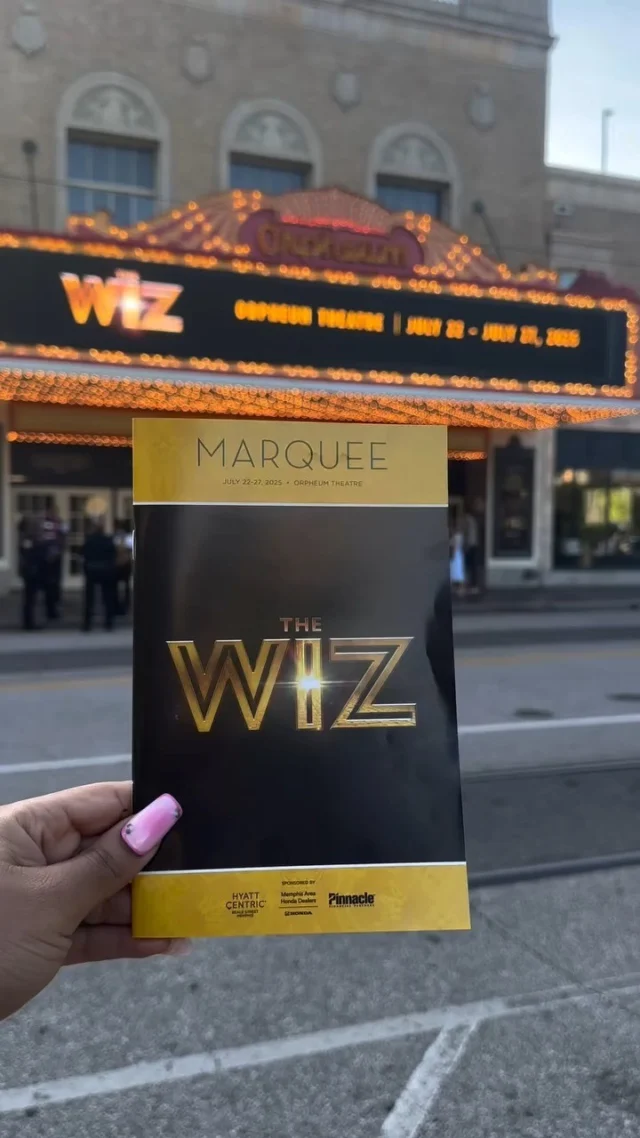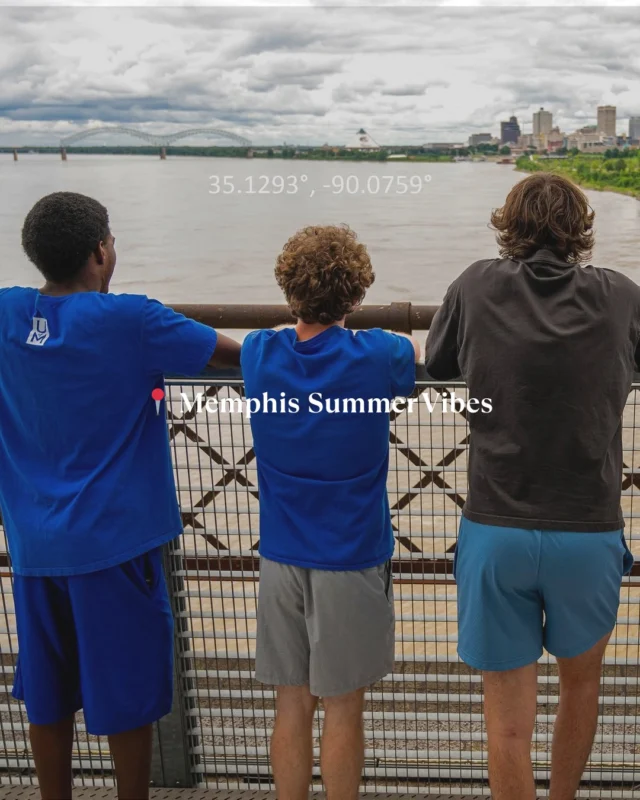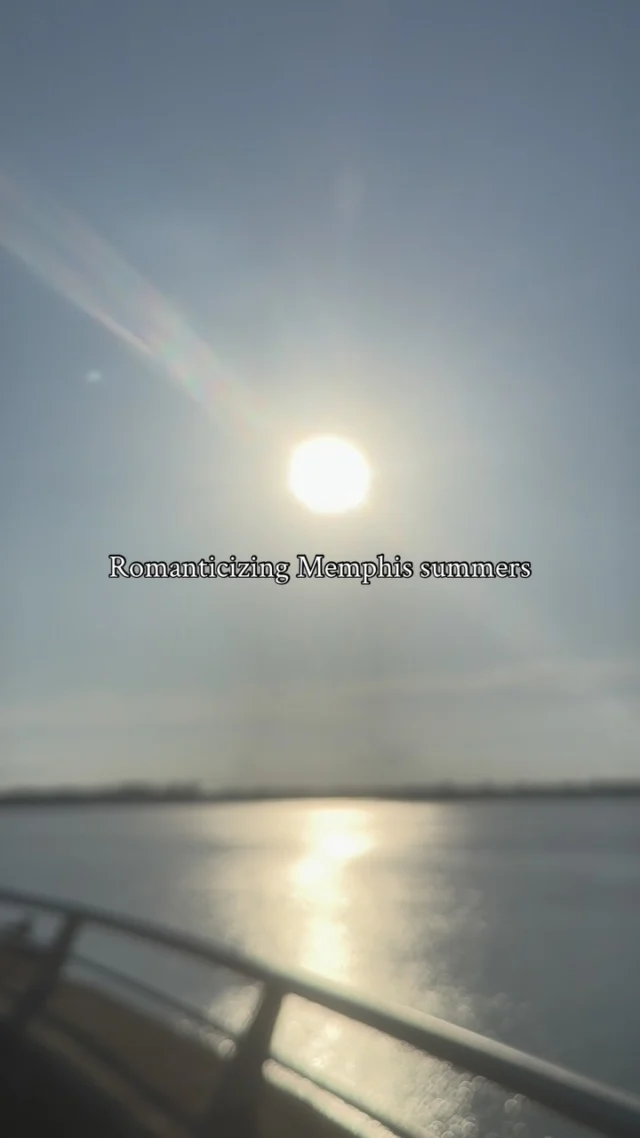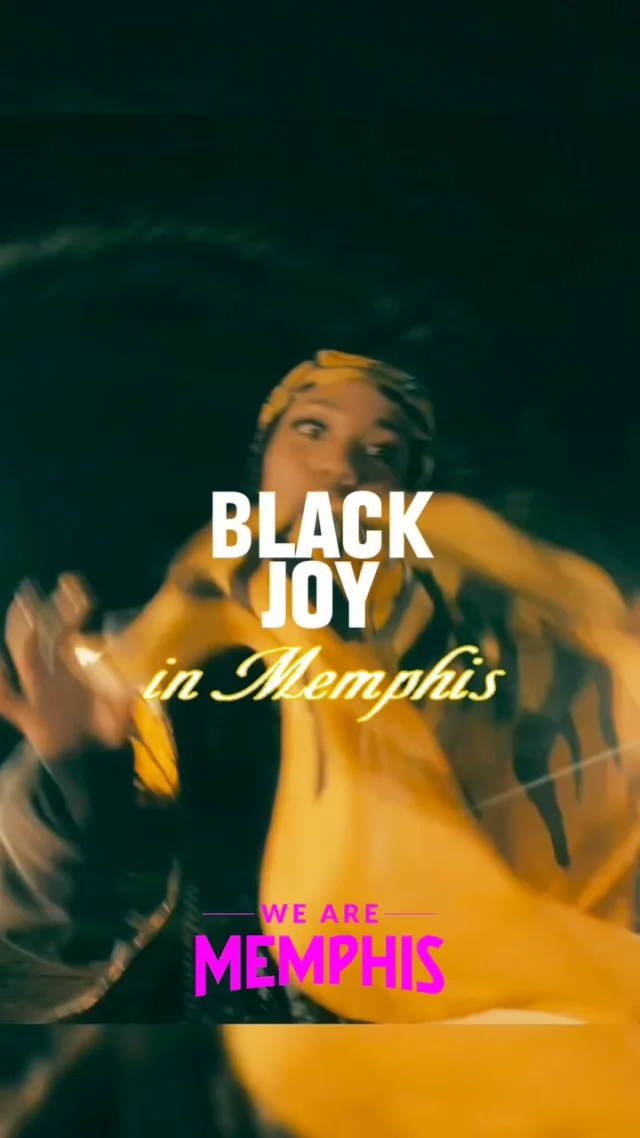Downtown Memphis is taking another bold step toward reconnecting the city with its greatest natural treasure — the Mississippi River — through an exciting new project: the Memphis Flyway.
Slated to debut in early 2026 at the southern edge of Tom Lee Park where it meets Ashburn-Coppock Park, the Flyway is the latest initiative from Memphis River Parks Partnership (MRPP). At the helm of fundraising efforts is Andrew Kiepe, MRPP’s director of development for the past three years, whose work helped secure $61 million for the reimagining of Tom Lee Park and an additional $10.8 million for this new ecological oasis.
“This spot has naturally evolved over the last 30 years into an ecologically rich area — right here in Downtown Memphis,” said Kiepe. “It’s home to a wide variety of animals, and now, we’re designing a way to help everyone experience it.”
With design led by the acclaimed architecture and urban design firm Studio Gang — the same firm behind the award-winning Tom Lee Park — the Flyway will be a destination like no other. It will include the only observation deck of its kind on the entire Mississippi River, offering up-close views of the water, wildlife, and the migration of 40% of all North American bird species that fly overhead each year.
But it’s more than a scenic stop — it’s a full immersion into nature, education, and community engagement. From pawpaw trees and milkweed to a pollinator garden attracting monarch butterflies, the Flyway is a living classroom. MRPP’s nature-based curriculum has already introduced over 7,500 students to the importance of native ecosystems, and this new space will allow that impact to grow even deeper.
“This space gives people a reason to stop, to stay, and to experience the Mississippi River like never before,” Kiepe said. “And what’s even more exciting is the economic potential. Birdwatchers and wildlife enthusiasts spend more annually than hunters and fishers — it’s a huge opportunity for our city.”
With a constant rhythm of change — blooming flowers one day, a fox sighting the next — the 218-by-60-foot Flyway is designed to be as dynamic as the river itself. For the estimated 1.5 million people who travel through the area each year, it could become the spark that turns a pit stop into a full Downtown Memphis experience.
“We want visitors to come down, take in the view, maybe grab lunch nearby, and think, ‘Why don’t we stay the night?’” said Kiepe. “This isn’t just about ecology. It’s about education, tourism, and pride in the place we call home.”
As Memphis continues to invest in bold, inclusive public spaces, the Flyway is a shining example of how our city is reimagining the riverfront — not just as a backdrop, but as a vibrant part of our shared future.
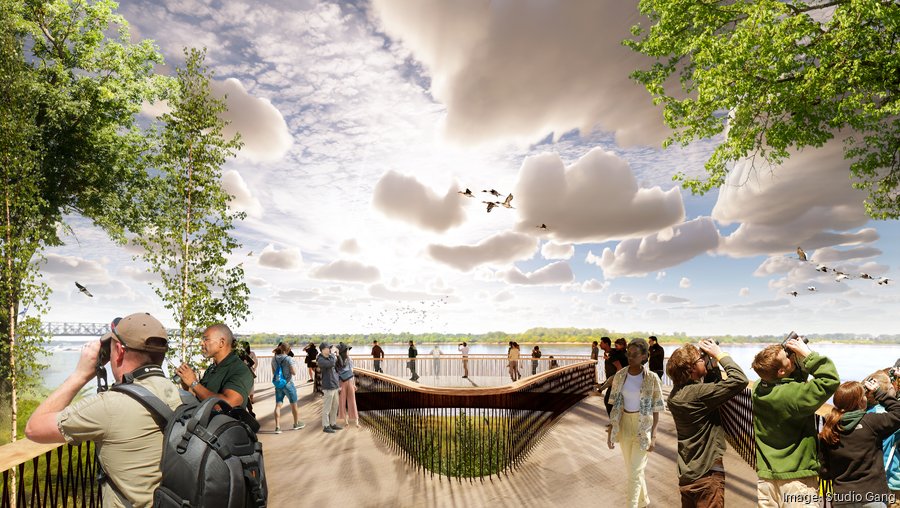










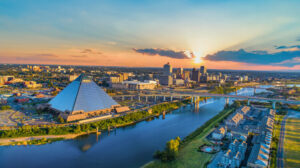
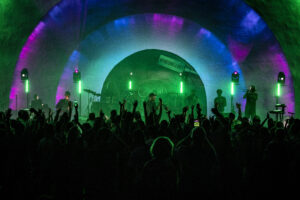
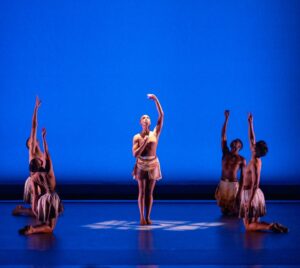
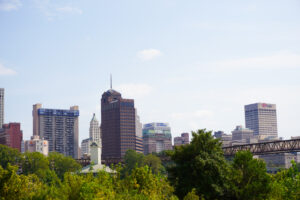

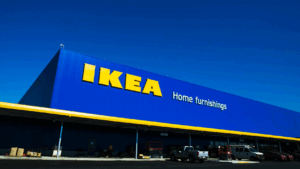









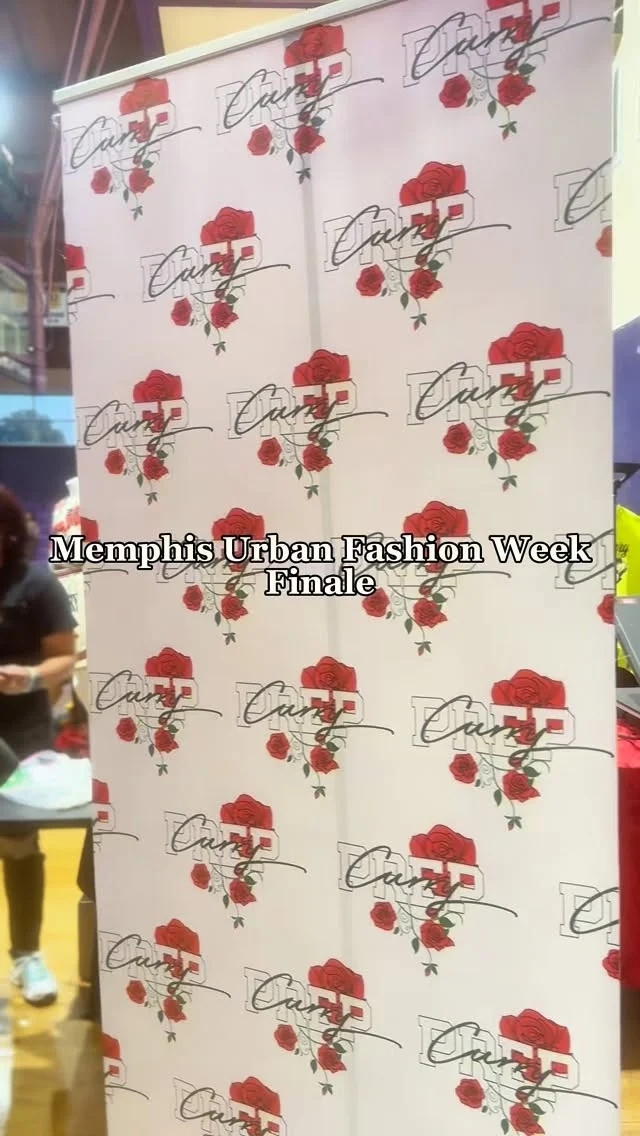



![The countdown is ON, Memphis! We’re officially 30 days out from the @unitememphis 5K + 1-Mile Walk/Run—and this year, we’re stepping into unity on 901 Day 🙌🏽
📍 Monday, September 1 | National Civil Rights Museum
🕘 Start time: 9:01AM
🎶 Food, music & fun to follow
Whether you’re walking or running, this isn’t just a race—it’s a movement. And there’s no better time to join in than now. 👟✨
🎓 COLLEGE STUDENTS: Be one of the first 100 to register using your .edu email with promo code NEXTGENUNITE and your ticket is just $10 (that’s a $32 savings 👀). Limit 2 per person, so tell a friend!
Let’s walk. Let’s run.
Let’s #UniteMemphis 💛
🔗 [link in bio]](https://wearememphis.com/wp-content/uploads/sb-instagram-feed-images/526805187_18335272954206022_6056852028660485499_nfull.webp)
